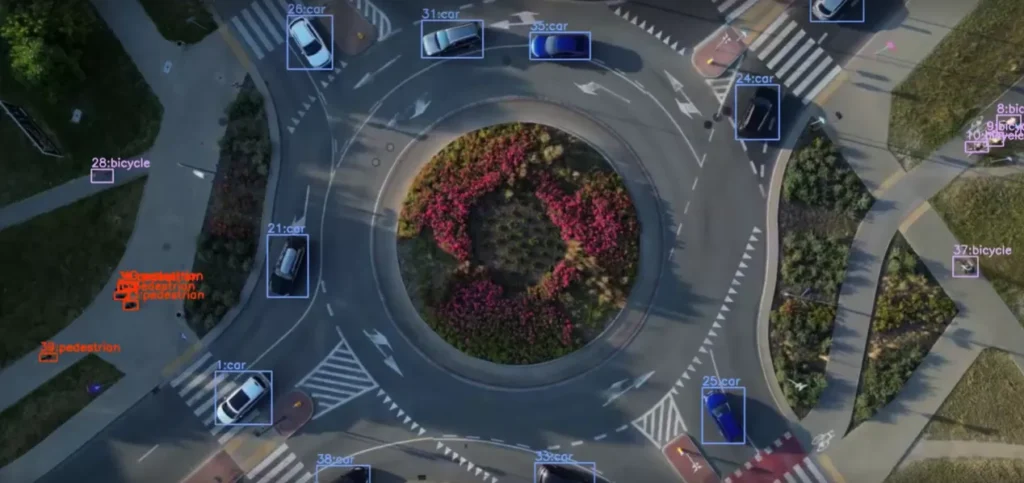
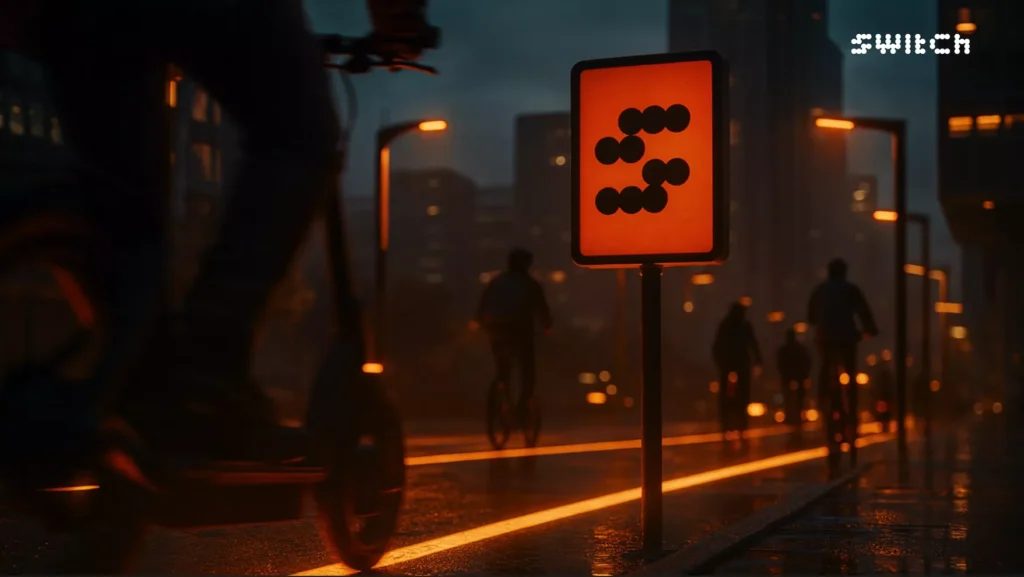

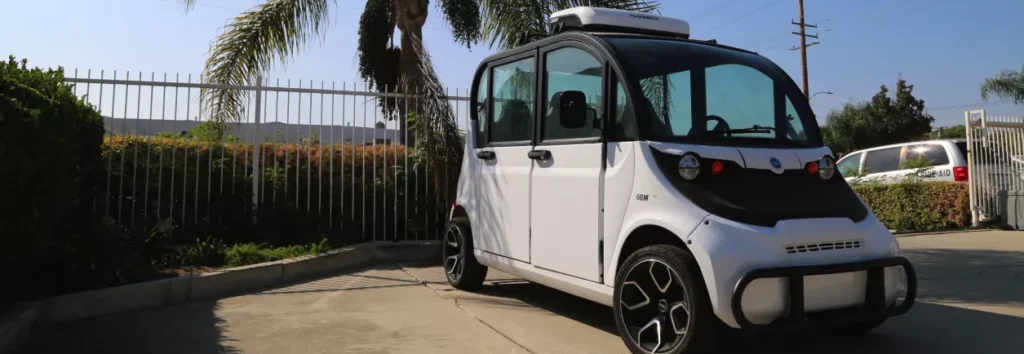




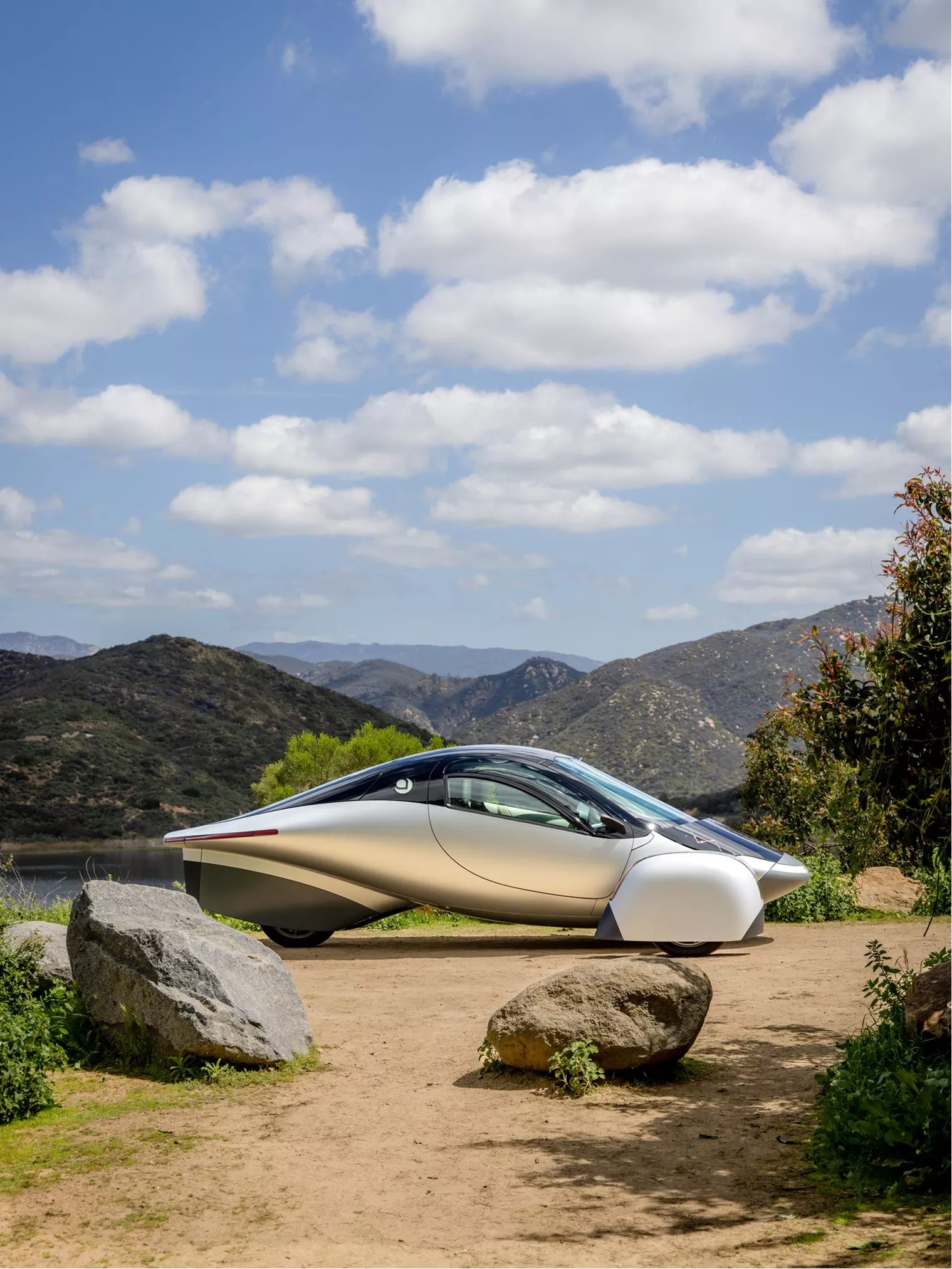
From EVs and batteries to autonomous vehicles and urban transport, we cover what actually matters. Delivered to your inbox weekly.
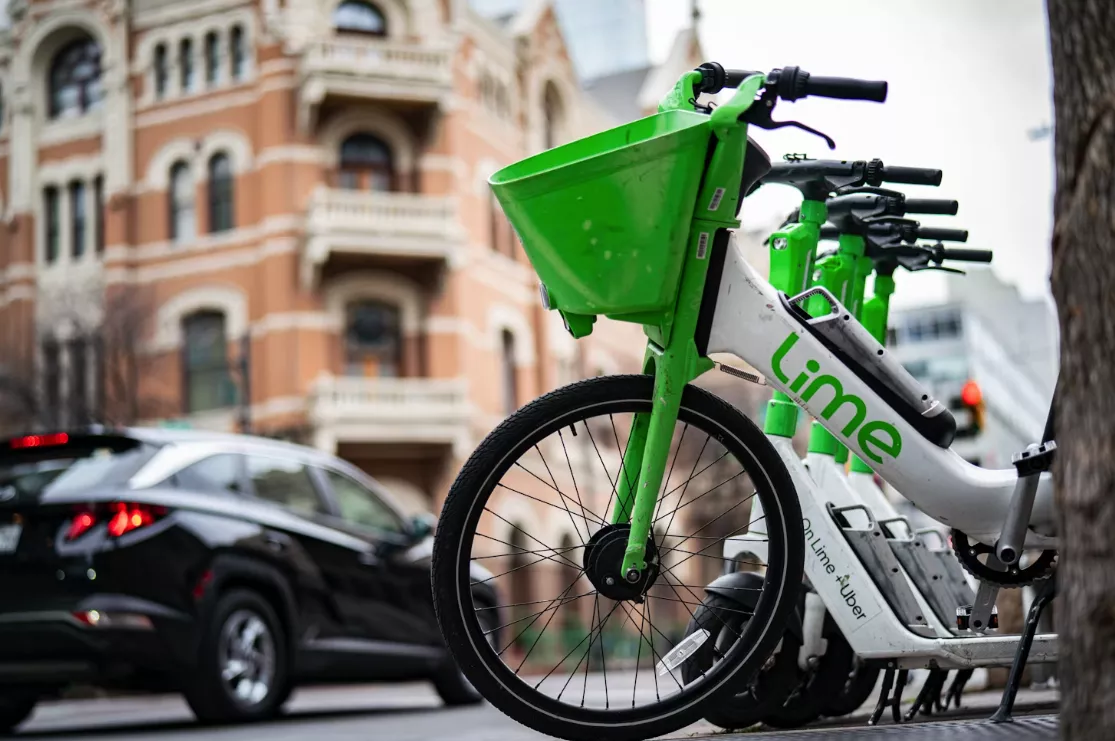
Self-driving cars are still a work in progress, but e-bikes? They’re dominating city streets.
Once a niche alternative, e-bikes are now outselling electric cars in multiple regions, with governments investing billions into infrastructure and incentives. Why? Because they’re cheaper, faster in urban areas, and don’t require gas, insurance, or a parking space.
Cities like Paris, Berlin, and New York are actively redesigning streets to accommodate e-bikes, with some even banning cars from city centers in favor of two-wheeled transport. But is this just a phase, or is the e-bike boom a permanent shift in mobility?
Today, we’re shedding some light on our friends from MOBY !
With their fleet of dockless e-bikes, MOBY is changing how urban transport works across Europe, making bike-sharing more accessible, affordable, and efficient. Their focus? Sustainable mobility that works in harmony with public transit, reducing congestion and emissions.
As cities push for fewer cars and more shared mobility, companies like MOBY are proving that two wheels might be all you need.
Learn more about MOBY Bikes here.
E-bikes have come a long way from being niche gadgets to becoming a serious contender in urban transport.
🚲 A decade ago, e-bikes were expensive, heavy, and largely ignored as a serious transport option.
💰 Battery costs kept prices high, making e-bikes a luxury rather than a mainstream alternative.
🏙️ Urban planning favored cars, leaving little room for bike infrastructure or incentives.
📈 E-bike sales are skyrocketing, with more units sold than electric cars in multiple regions.
⚡ Incentives are still rolling across Europe. While France cut its subsidies, Austria, Belgium, and Portugal offer up to €1,350 in rebates, and Poland now covers 50% of e-bike costs through 2029.
🚦 Cities are adapting — Paris has removed 60,000 parking spaces to build cycling lanes, and NYC is investing in protected bike paths.
📦 Last-mile delivery companies are switching to cargo e-bikes, replacing vans in urban centers.
🔹 Car bans in city centers (like in Oslo and Amsterdam) could make e-bikes the dominant mode of transport.
🔋 Battery tech is improving, leading to lighter bikes with longer ranges and faster charging.
🚏 Better public transport integration — bike-share stations are increasingly linked to metro and bus systems.
🚨 Big Question: Will e-bikes continue their momentum, or will car-centric policies slow their growth?
📈 E-Bike Market Poised for Massive Growth
Forget the slowdown talk — e-bikes are just getting started. The global market, valued at $26.4 billion in 2024, is projected to hit $45.5 billion by 2033, growing at a 6.22% annual rate. While some worry about rising costs, the bigger picture is clear: e-bikes are becoming a dominant force in urban transport. (IMARC Group)
🚲 UK Says No to More Powerful E-Bikes
The UK government just shut down a proposal to increase the e-bike motor limit from 250W to 500W, citing safety risks. Advocates say the decision keeps roads safer, but critics argue it limits e-bike adoption for commuters who need extra power for hills and cargo. (Electric Bicycle Company)
⚡ China’s E-Bike Trade-In Program Surpasses 1 Million Swaps
China’s aggressive push to upgrade its e-bike fleet is paying off — over 1 million old e-bikes have been swapped for safer, longer-range models, generating $370 million in sales. With outdated batteries being phased out, could this be the start of a global e-bike refresh? (The Europe Today)
🔋 UK CE-Bike Battery Fires
After 200+ reported e-bike battery fires in 2023, the UK is rolling out stricter fire safety guidelines. Manufacturers must now add thermal runaway protection to lithium-ion batteries, aiming to prevent overheating and explosions. Is this a smart safety move — or overregulation? (The Fire Protection Association)
🏙 MOBY Expands Dockless E-Bike Sharing in Ireland
MOBY just deployed 100 new dockless e-bikes in Bray, with plans to expand into Greystones and Arklow later this year. As Irish cities double down on shared mobility, is this the beginning of a nationwide micromobility boom? (Wicklow County Council)
The shift toward e-bikes isn’t slowing down. But will city policies keep up, or will outdated car-first infrastructure hold back progress?
E-bikes are everywhere — but are they actually replacing cars, or is the hype outpacing reality? Let’s separate fact from fiction.
🚫 Reality: Commuters, delivery drivers, and even seniors are switching to e-bikes. In cities investing in bike infrastructure, car trips are actively being replaced by e-bike commutes.
⚠️ Reality: Upfront costs can be steep, but government subsidies and ultra-low maintenance make e-bikes a long-term money saver. Some cities cover up to 50% of the cost to encourage adoption. Atlanta’s program, for example, offered $1,500 rebates for standard e-bikes and $2,000 for cargo e-bikes to residents earning less than $54,000 annually.
💨 Reality: In gridlocked cities, e-bikes beat cars in travel time — especially with dedicated bike lanes. Studies show they slash commute times by 20–30% while avoiding parking headaches. In San Francisco, a staggering 76% of DoorDash deliveries are now made using bikes, e-bikes, and scooters.
🚨 The Verdict: E-bikes aren’t just a fad. They’re becoming a serious competitor to urban car travel. But will governments support this shift, or will car-centric policies hold e-bikes back?
Think congestion pricing is just about cars? Think again. This article explores how new urban congestion policies could supercharge the e-bike revolution — reshaping city transport, reducing emissions, and making cars optional in urban centers.
🚨 If cities keep expanding e-bike lanes and car bans, we could see a world where cars are unnecessary for most urban trips.
But… will governments fully commit to redesigning cities for two wheels? Or will car infrastructure always dominate?
💡 What do you think? Would you ditch your car if your city made e-bikes safer and more convenient? Drop your take in the comments! 🚴♂️⚡
📢 If you found this issue insightful, share it with someone who still thinks cars are the only way to get around!